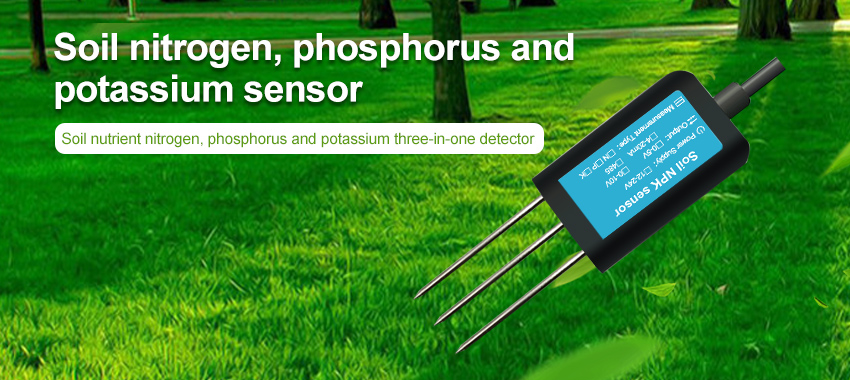Soil, often overlooked and underestimated, is a complex ecosystem teeming with life and playing a critical role in our environment. It serves as a vital reservoir for water, nutrients, and microorganisms, while also acting as a sink for carbon and other pollutants. To truly understand the intricate workings of soil and its impact on the environment, researchers are harnessing the power of soil sensors. These innovative devices provide invaluable insights into the hidden secrets of soil, enabling us to make informed decisions about land management, conservation, and sustainable development. This article delves into the vast potential of soil sensors in environmental research and the benefits they bring to our understanding of soil dynamics.

Unraveling Soil Composition:
Soil composition is a key factor that influences its fertility, nutrient availability, and capacity to retain or release water. Soil sensors equipped with spectroscopy, electromagnetic induction, and other advanced techniques can analyze soil samples to determine their chemical and physical properties. By measuring parameters such as organic matter content, nutrient levels, and soil texture, researchers can gain a comprehensive understanding of soil composition. This knowledge helps scientists develop targeted strategies for soil enhancement, such as optimizing fertilization plans or selecting appropriate soil amendments.
Assessing Soil Moisture Dynamics:
Water is a precious resource, and understanding soil moisture dynamics is crucial for efficient water management. Soil sensors equipped with moisture probes can accurately measure soil moisture at various depths and locations. This data enables researchers to map soil moisture patterns, track water movement, and evaluate soil water-holding capacity. Such information aids in optimizing irrigation practices, preventing water wastage, and mitigating the risk of drought or waterlogging. Through improved water management, we can safeguard water resources and enhance agricultural productivity sustainably.
Monitoring Soil Health:
Soil health is a key indicator of overall ecosystem well-being, as it directly influences plant growth, biodiversity, and carbon sequestration. Soil sensors offer an array of measurements to assess soil health parameters. For instance, microbial biomass sensors can quantify the abundance and activity of beneficial microorganisms that support nutrient cycling and disease suppression. Additionally, sensors measuring soil respiration rates provide insights into the intensity of microbial activity and carbon dioxide emissions. By regularly monitoring soil health, researchers can identify signs of degradation, implement remediation strategies, and promote sustainable land use practices.

Studying Soil Erosion and Sediment Transport:
Soil erosion is a significant environmental issue that leads to the loss of fertile topsoil and the degradation of water bodies. Soil sensors equipped with erosion pins or sediment detectors can quantify the rate and extent of erosion in various landscapes. These sensors measure soil movement and sediment deposition, offering valuable data for erosion control planning and land management. By understanding erosion processes and identifying vulnerable areas, we can employ targeted interventions to prevent soil erosion, improve soil conservation, and protect fragile ecosystems.
Assessing Contaminant Levels and Soil Pollution:
Soil pollution poses a grave threat to both human health and the environment. Soil sensors equipped with electrochemical sensors or optical probes can detect and quantify the presence of contaminants such as heavy metals, pesticides, and petroleum derivatives. By mapping contaminated areas and assessing pollutant levels, researchers can develop effective remediation strategies and monitor the progress of soil rehabilitation projects. Accurate and timely detection of soil pollution is crucial for protecting ecosystems, safeguarding food safety, and ensuring a healthy living environment.
Understanding Nutrient Cycling and Carbon Sequestration:
Soil is a critical hub for nutrient cycling and carbon sequestration, playing a vital role in mitigating climate change. Soil sensors enable researchers to study nutrient dynamics, such as nitrogen, phosphorus, and potassium cycles. By tracking nutrient availability, uptake, and release, scientists can optimize fertilizer application, reduce nutrient loss, and minimize environmental pollution. Moreover, soil sensors contribute to the assessment of carbon sequestration potential and assist in developing strategies to enhance soil carbon storage. This knowledge aids policymakers and land managers in mitigating greenhouse gas emissions and promoting sustainable land use practices.
Integrating Data Networks and Remote Sensing:
To truly unlock the potential of soil sensors in environmental research, it is essential to integrate the collected data into comprehensive networks and utilize remote
